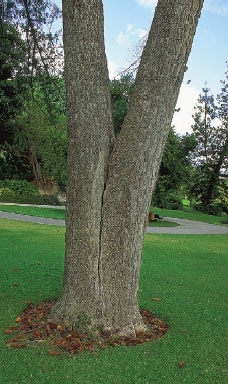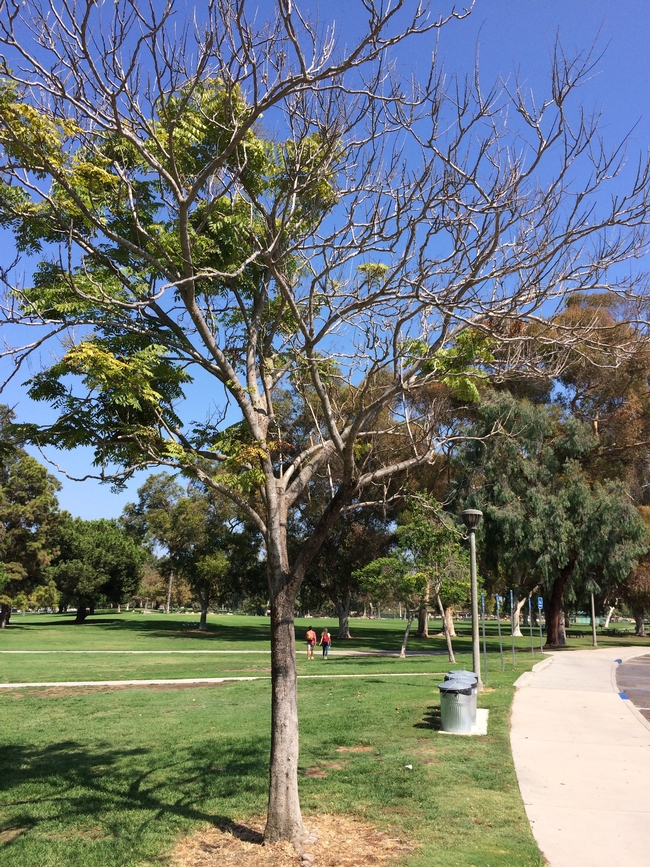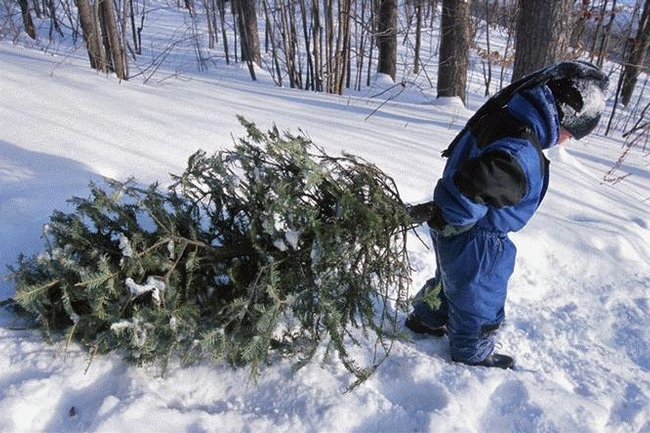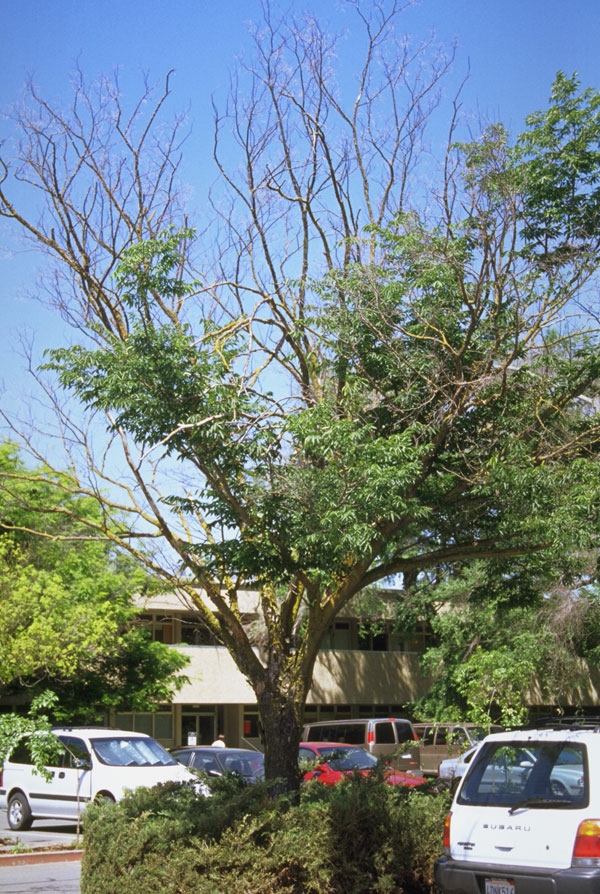Posts Tagged: trees
California trees are suffering under climate change and invasive pests
“There are lots of invasive pests everywhere because of global warming and the movement of plant materials in general,” said Philippe Rolshausen, UC Cooperative Extension subtropical tree specialist at UC Riverside.
Yellowing leaves, a thinning canopy and branch die-back are symptoms that the tree is sick. UC Master Gardeners, headquartered in UCCE county offices across the state, can provide free help, the article said.
Marantos listed possible reasons for common tree symptoms:
Yellow leaves: May be due to a lack of nutrients. A sudden jolt of fertilizer isn't the best solution. Homeowners often remove the best fertilizer and mulch for trees — their own fallen leaves.
Thinning canopies and branch die-back: May be the result of a soil-born disease, such a phytophthora, caused by excessive water. “Homeowners have a tendency to over-irrigate a tree that's not doing well, but soil-borne diseases actually thrive in wet soils, so that's making things even worse,” Rolshausen said. “Trees don't like standing water on their root systems because they can't breathe.”
Huanglongbing of citrus: Invested trees send up shoots of bright yellow leaves. Eventually, new leaves get twisted and mottled and the fruit stops ripening. The disease was first spotted in Southern California in the late 1990s and has since been detected in Los Angeles, Orange, San Bernardino and Riverside counties, according to a map prepared by University of California Agriculture and Natural Resources.
The Times article also recommended the UC Integrated Pest Management Program website to learn how to diagnose and control tree insects and diseases.
Can harvesting Christmas trees help the forest?
California forests are overstocked with conifers, and California residents want to decorate their homes during the holiday season with Christmas trees. The smart harvest of Christmas trees can kill two birds with one stone, according to UC Cooperative Extension forestry advisor Susie Kocher. Kocher spoke to Capital Public Radio reporter Ezra David Romero about the prospect of thinning the forest by taking home trees.
"It's a great win-win solution," Kocher said. "You get the public out in the forest, you do good work reducing the density of trees."
Kocher, who lives in Lake Tahoe, holds a family Christmas tree harvest party every year. With $10 permits from the Lake Tahoe Basin Management Unit, they trek through snow to select their trees. This year the management unit sold 2,000 permits. Kocher believes the program could be ramped up to further benefit forests.
“By removing some of the smaller trees, we are doing some of the work,” Kocher said. If left in place, the small trees grow larger, and more human resources, equipment and funds are needed to remove them. Moreover, the income from permit sales can be used for other forest-thinning projects.
However, some foresters are skeptical that harvesting Christmas trees is a realistic solution to management of California forests.
“It's great to have the masses come up during the holiday season full of mirth and cheer,” said Joseph Flannery with the Tahoe National Forest. “But I don't think there's the infrastructure in place to really make a dent in the hazardous fuels reduction needed.”
This story was also covered for KTVU Fox Channel 2 in the Bay Area by Lisa Fernandez.
“You need a 4-wheel drive, and yes, you trudge through snow,” Kocher said. “It's not for everyone. But for those who want that adventure, it's super fun. I do it because I don't think there's a substitute for a real tree in the house. And we always turn it into a family party.”
Besides, she said, “I feel good about removing excess small trees.”
Landscape trees also suffer drought consequences
Low rainfall in the state of California is stressing landscape trees in urban areas, reported the San Jose Mercury-News.
Igor Lacan, UCCE advisor in Santa Clara, Contra Costa and Alameda counties, says it's difficult to make blanket statements about which species are in trouble, since a tree's water- and heat-related health depends on its location.
Some species on a south-facing slope might show drought stress, while the same species on a north-facing slope doesn't. Stress symptoms also show up on trees planted near paved surfaces, though not near other surfaces that don't reflect heat, Lacan said. Since many tree species are fairly resilient, damage comes on slowly and may take months or years to become apparent.
But Lacan was able to conclude with a positive comment.
"The good thing is that in all likelihood mature, established trees, if climatically appropriate (for their location), will make it through ... just fine," Lacan said.
UC farm advisor reminds readers to check for hazardous trees
Cooler, breezy weather in California this week is a welcome sign of autumn. After three years of drought, the beginning of fall holds hope for a "normal" rainy season. Since the hoped-for stormy weather can release branches from trees, UC Cooperative Extension horticulture advisor Michelle LeStrange reminded readers in her Visalia Times-Delta column today to take a close look at their landscape trees.
"It’s better to find a broken branch in your tree," she wrote, "than on your car."
She suggests trees be inspected before and after storms for leaning, weakly attached multiple trunks, a split where large branches attach to the trunk, cavities or decay (mushrooms on the tree or roots can be a sign), cracks, broken and dead branches.
LeStrange, the Master Gardener advisor for Tulare County, pointed out a photographic guide produced by UC Cooperative Extension titled “Recognizing Tree Hazards,” which is available at UCCE offices for $4 and free on the Web.

Hazardous-tree.



